
Modern Paperweights: Contemporary Designs and Trends in 2023
The world of paperweights, rooted in centuries-old traditions, is experiencing a renaissance in the contemporary era. As we step into 2023, these once purely utilitarian
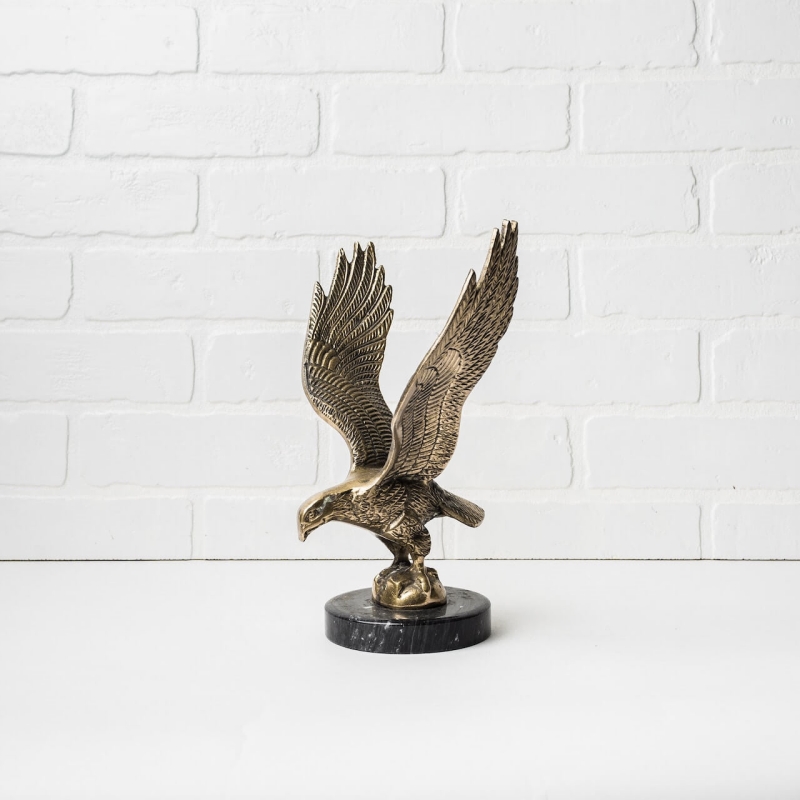
In the realm of everyday objects, few have undergone as intriguing a transformation as the humble paperweight.
Originating as a simple tool to prevent paper from scattering in the breeze of open windows or the gusts of passing foot traffic, paperweights have evolved into intricate works of art, coveted by collectors worldwide. Their journey from functional desk accessory to artistic masterpiece is a testament to human creativity and the enduring allure of beautiful objects.
As we delve into the captivating history of paperweights, we’ll discover how craftsmen from different eras and regions infused these small objects with a blend of utility and beauty, turning them into symbols of prestige and artistic expression.
From the ornate designs of 19th-century France to the innovative creations of modern artists, paperweights have consistently reflected the zeitgeist of their times. Join us as we journey through centuries, exploring the evolution of this remarkable desk companion that has, against all odds, captured the imaginations of generations.
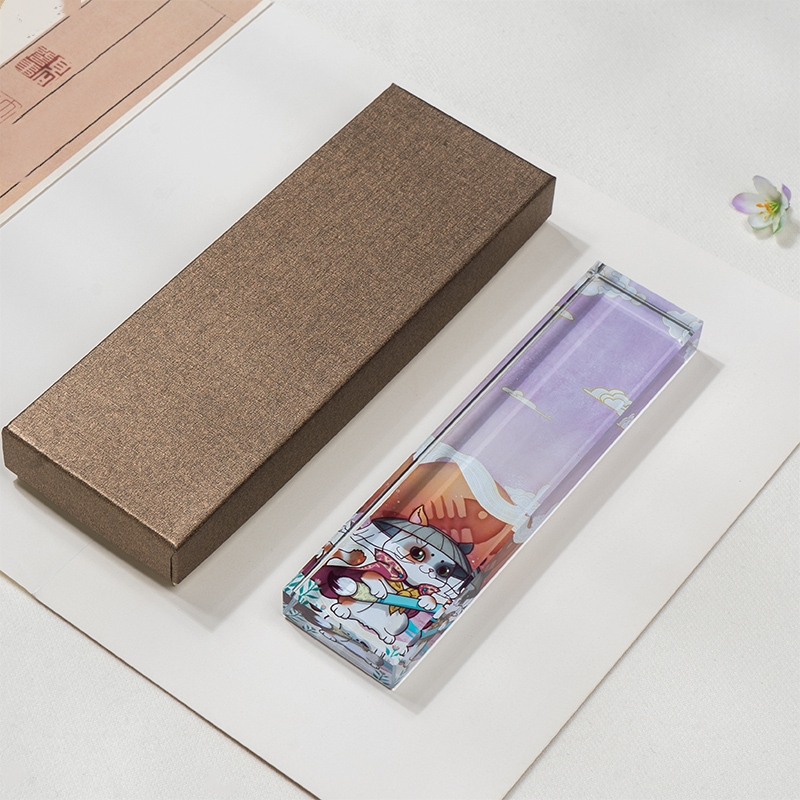
The origins of paperweights date back to the early 19th century when the proliferation of paper documents and correspondence created a need to keep them in place on desks. Some of the earliest paperweights were made of stone, bronze or crystal and served the simple utilitarian purpose of weighing down loose sheets of paper.
As paperwork expanded in government and business settings, the desk paperweight became an essential office tool. Heavy stone and metal weights were well-suited to keeping stacks of paper firmly in place and preventing them from being disturbed by breezes or accidental bumps. The first paperweights were valued for their functional merits rather than any decorative virtues.
However, the drab aesthetic of plain stone and metal weights left something to be desired. This created an opportunity for more attractive and stylistic paperweights to be developed, marking the early transformation of the paperweight from a mere functional item to a decorative accessory.
Glassmakers saw potential in manufacturing paperweights that were both practical and pleasing to the eye. The material properties of glass made it an ideal candidate – readily available, inexpensive to produce, and able to be formed into a diverse array of shapes, sizes, and colors.
The earliest hand-blown glass paperweights were produced in the 1820s and 1830s. They consisted of a domed, spherical shape made from clear or colored glass sitting upon a circular base. To add visual intrigue, bits of folded paper or fabric were sometimes enclosed beneath the domed glass tops.
While still useful for their intended purpose of securing papers, these glass paperweights also had an attractiveness and unique aesthetic that plain stone and metal weights could not replicate. More than just an office necessity, they reflected a sense of style and quality craftsmanship.
For the purveyors of office supplies, glass paperweights presented opportunities to turn a mundane product into a desirable accessory. The stage was set for paperweights to evolve from workday items to decorative accent pieces.
Innovations in glassmaking during the 1840s opened up exciting new possibilities for paperweight design that leaned into their decorative appeal. English glass company Baccarat pioneered the millefiori technique in 1845. This involved creating patterns by arranging many tiny glass canes of different colors and motifs within paperweights.
The millefiori technique enabled remarkably detailed floral and geometric patterns to emerge inside the glass weights like mini works of art. Demand grew rapidly across Europe for these beautifully crafted glass paperweights. Soon factories sprung up in Venice, Scotland, and Bohemia specifically to produce millefiori paperweights to feed the craze.
By the 1870s, ornately designed glass paperweights had become highly fashionable office and drawing room accessories as well as symbols of status. Owning a collection of intricately crafted glass paperweights demonstrated an appreciation of quality craftsmanship and aesthetics. The paperweight was no longer merely a functional tool but a work of art in miniature.
The incredible artistry and craftsmanship of European glass paperweights caught the attention of American companies, leading them to explore paperweight production stateside to cater to the appetite of America’s upper and middle classes.
In 1848, the New England Glass Company in Cambridge, Massachusetts began creating paperweights using glass imported from Belgium. Their early works mimicked the popular millefiori paperweights coming out of Europe to test the market.
Other notable U.S. glass companies that dabbled in making paperweights included the Boston & Sandwich Glass Company, Gillinder Glass Works, and Libbey Glass Company. Each contributed their own unique aesthetic to paperweights, introducing new colors, shapes, and design elements.
While Americans embraced the artistic merits of glass paperweights, domestic glass makers also recognized their commercial potential. American paperweight makers modified designs to increase productivity and lower costs. Simplicity and standardization became priorities for paperweights headed to mass retail markets.
This push towards high-volume paperweight production helped make them affordable, everyday objects in American offices and homes. For the glassmakers, they represented lucrative product lines at a time when the industry was rapidly expanding to meet demand for glass goods.
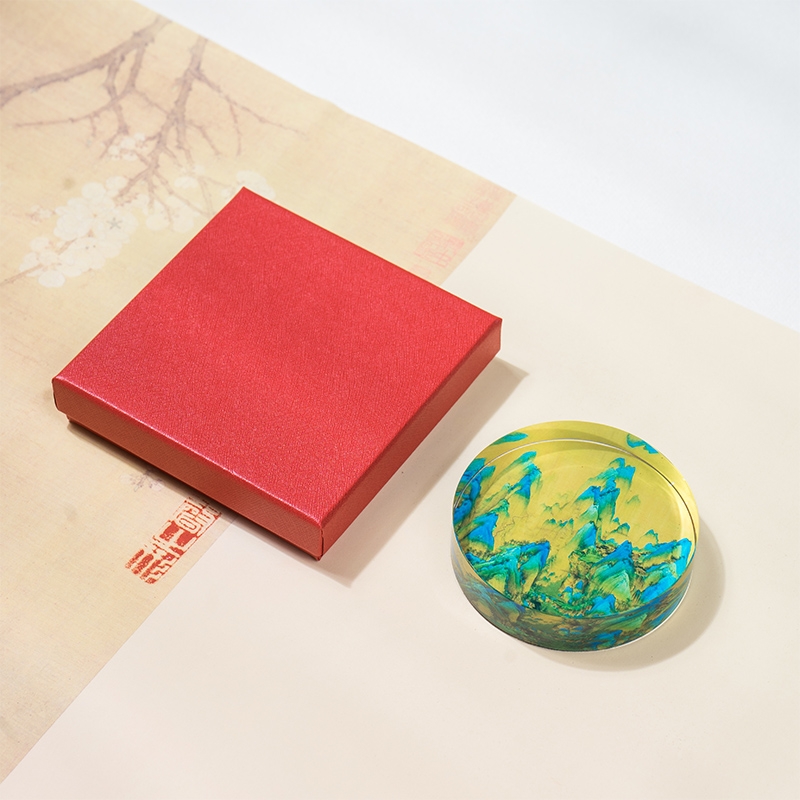
By the early 20th century, the vitality of the American glassmaking industry was waning due to competition from plastics and overseas glass producers. Among glass artists, there was a desire to revive interest and appreciation for their craft by taking glass creations like paperweights to new heights of artistry.
Visionary glass artist Paul Stankard led this crusade by conceptualizing paperweights as true works of fine art. His handmade glass creations featuring remarkably realistic botanical designs were painstaking in their intricate detail and vibrant colors.
Stankard’s technical skill in working glass and his boundless creativity shone through in each unique paperweight. This inspired renewed intrigue in the artistic possibilities of glass paperweights among collectors, galleries, and museums.
Stankard’s impact on contemporary American glass art catalyzed further innovation in artistic paperweights. Talented glass artists like Delmo Tarsitano and Brian Kerkvliet built on Stankard’s foundations by pioneering novel techniques like lampworking to fashion stunning one-of-a-kind paperweights.
As American studio glass artists pushed boundaries in the 1970s and 1980s, interest grew among connoisseurs looking to collect limited edition and signed paperweights. At the same time, antique European paperweights from the mid-19th century Baccarat, Clichy, and St. Louis factories also became highly coveted.
A vibrant collector community emerged, driven by organizations like the Glass Paperweight Foundation, museums, and galleries. Books and scholarly publications advanced appreciation of paperweights as historical artifacts and inspired new generations of glass artists to carry on the tradition.
Today contemporary glass artists carry on the centuries-old tradition of paperweight making while also pushing the medium in new directions. Modern paperweights showcase abstract and nature-inspired designs, collaboration with engravers or carvers, and incorporation of new techniques.
While appreciated as high art, some contemporary makers also emphasize paperweights’ enduring practicality in creative workspace decor. The heft and smooth gliding ability of a well-crafted glass paperweight can neatly keep paper tidy amidst the clutter of modern life.
For others, paperweight continues primarily as an artistic pursuit without connections to its functional past. As long as skilled glass artisans keep experimenting, the medium will keep evolving.

For over 180 years, paperweight has captivated us with its evolution from a workspace staple to an art form. Throughout its history, it has provided a window into prevailing aesthetics, innovations in glassmaking, and trends in decorative arts and manufacturing.
What does the future hold for the paperweight? While once threatened by obsolescence, its popularity endures due to committed collectors, artists, and organizations who keep a passion for the medium alive. For any desk cluttered with papers, memos, and to-do lists, the charm and utility of a paperweight will always be in style.
With active artist communities and continued appreciation worldwide, the paperweight seems destined for many more fascinating chapters ahead. This functional art object has demonstrated incredible resilience and adaptability over time. As long as we value beauty, craftsmanship, and purpose coming together in a small handheld object, the paperweight’s story will continue being written.
Perhaps in the future, new technologies like digital paper and 3D printing will provide fresh opportunities for paperweight artistry. Or maybe paper, as we know, will fade away entirely, requiring the paperweight to be creatively reinvented or repurposed. But for now, traditional works from past masters will remain celebrated alongside contemporary innovators.
The rich history and limitless artistic potential of paperweights ensure an engaging future lies ahead. For any medium to endure nearly two centuries is no small feat. As humans, our fascination with finding usefulness and beauty entwined persists. We can expect this mysterious glass object, once born of pure function, to go on inspiring us in wondrous ways for generations to come.


The world of paperweights, rooted in centuries-old traditions, is experiencing a renaissance in the contemporary era. As we step into 2023, these once purely utilitarian
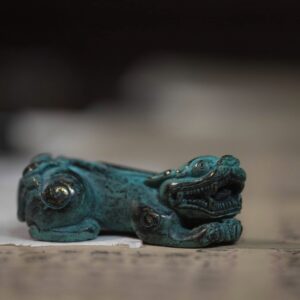
Embarking on the journey of collecting paperweights is akin to entering a world filled with history, artistry, and a touch of magic. These seemingly simple

The world of paperweights is as diverse as it is enchanting, with each piece bearing the mark of a craftsman’s touch and vision. But beyond

At first glance, a paperweight might seem like a straightforward object—its primary function being to hold down papers. However, a closer look reveals a world

The world of paperweights, rooted in centuries-old traditions, is experiencing a renaissance in the contemporary era. As we step into 2023, these once purely utilitarian
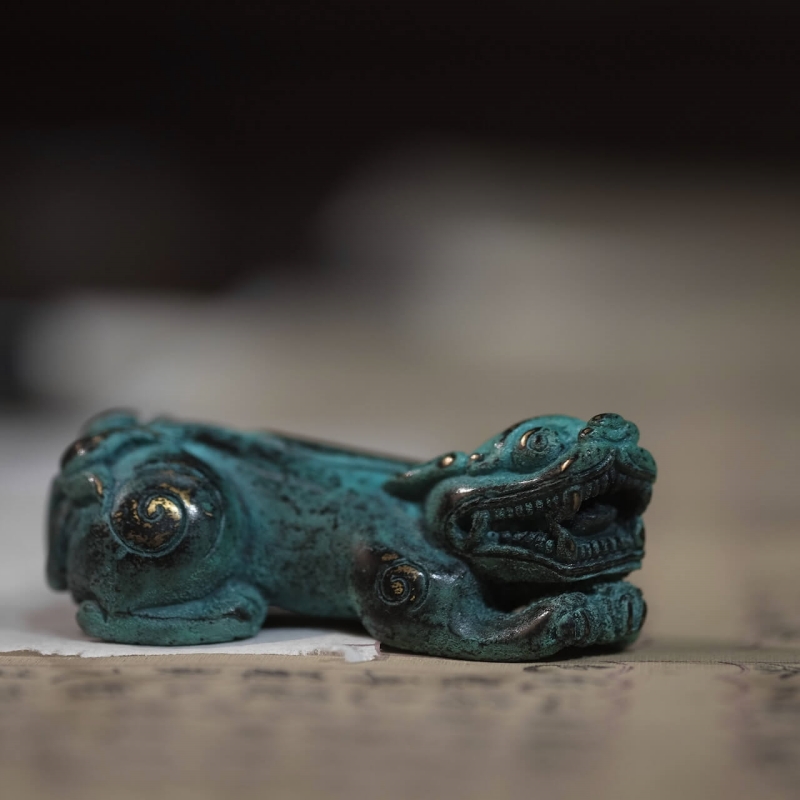
Embarking on the journey of collecting paperweights is akin to entering a world filled with history, artistry, and a touch of magic. These seemingly simple
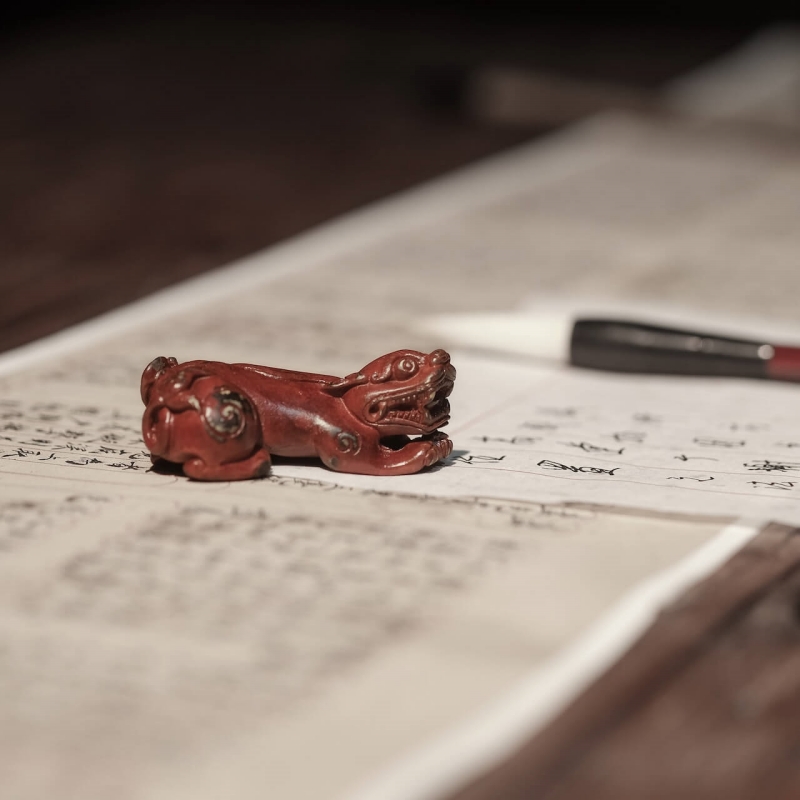
The world of paperweights is as diverse as it is enchanting, with each piece bearing the mark of a craftsman’s touch and vision. But beyond

At first glance, a paperweight might seem like a straightforward object—its primary function being to hold down papers. However, a closer look reveals a world
Copyright © 2024 crystalcalmpaperweights. All Rights Reserved.